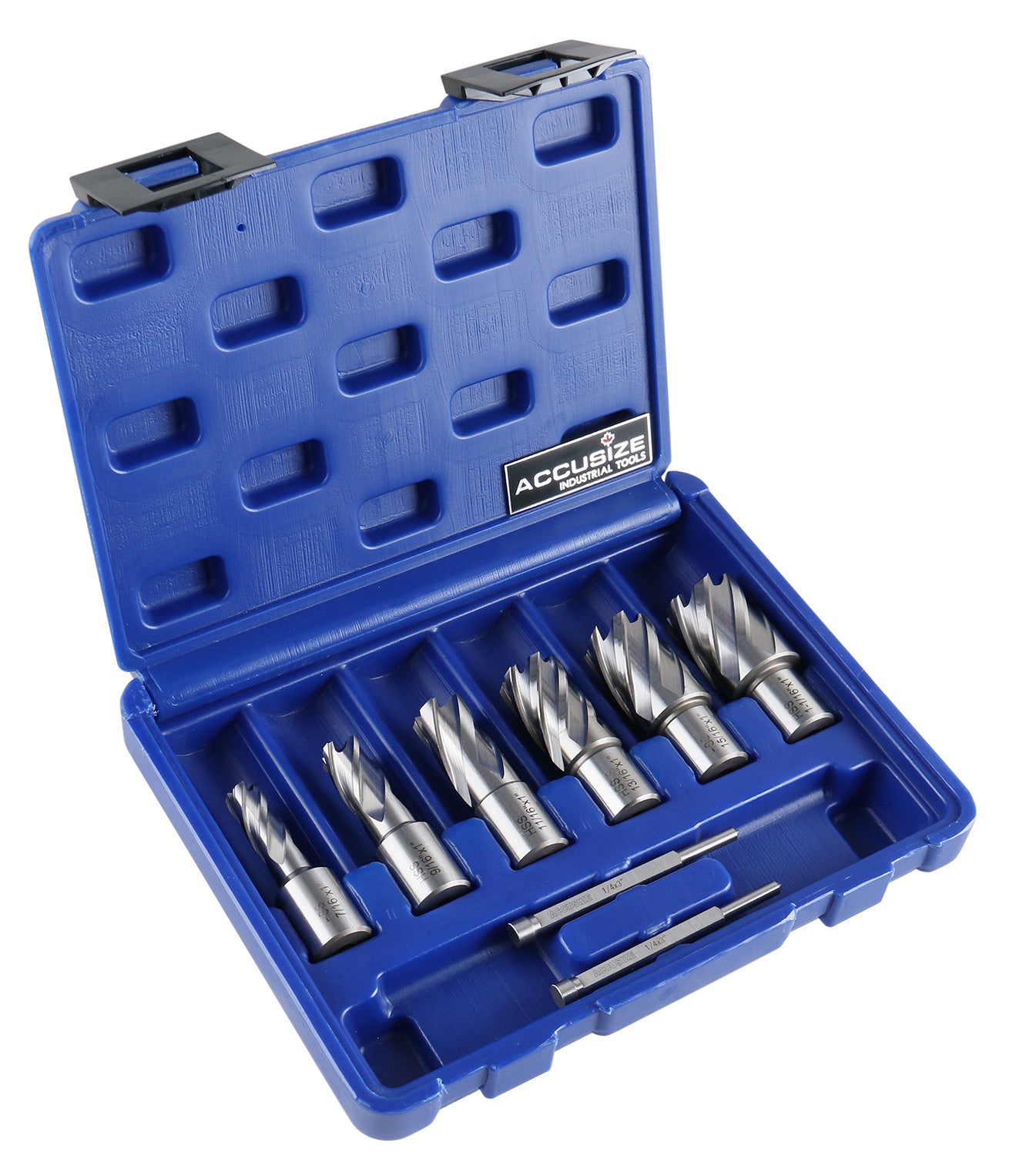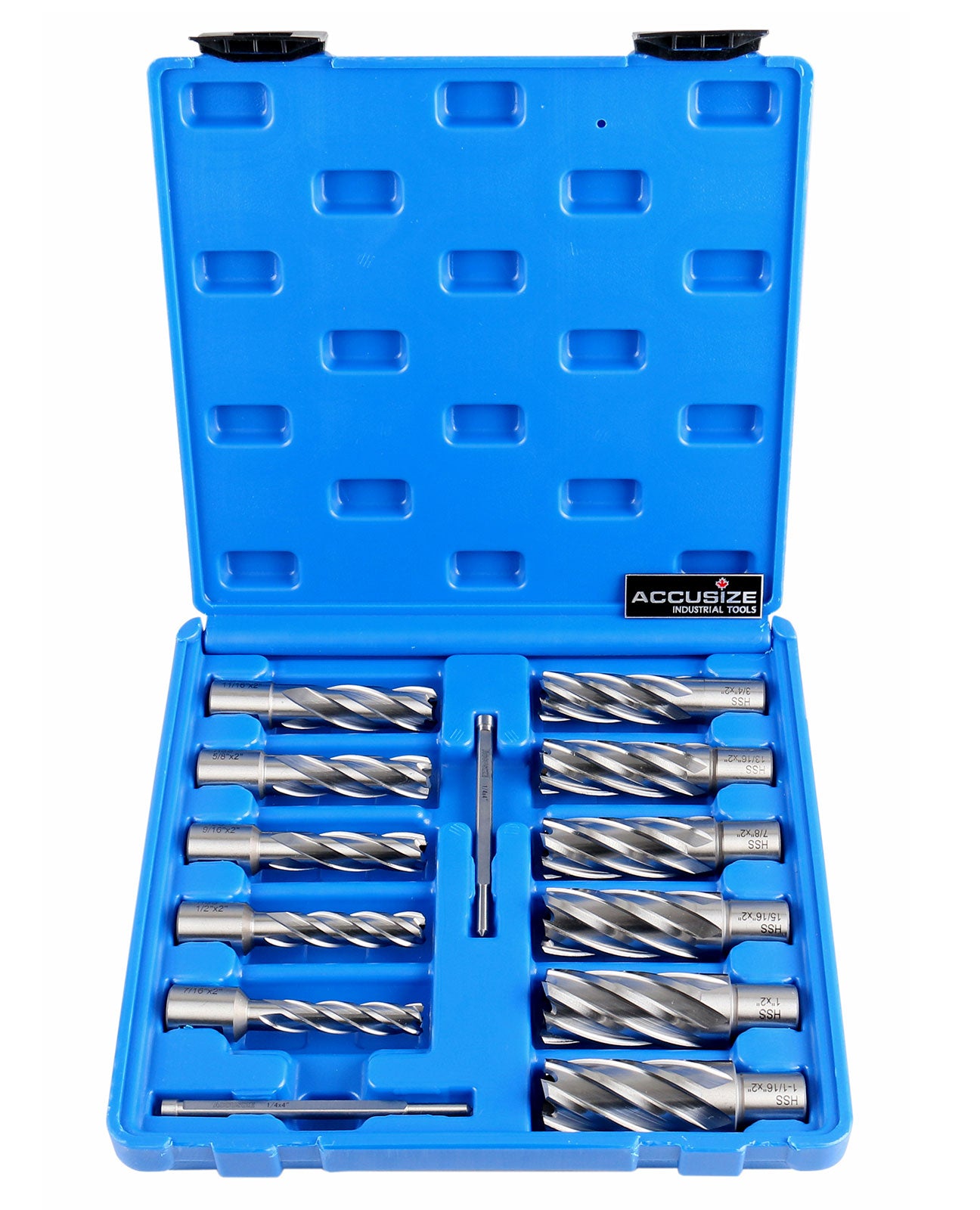- Joined
- Dec 7, 2018
- Messages
- 653
I needed to drill a 5/8” diameter hole through 1-1/4” thick 6061 aluminum. I didn’t have a 5/8” drill, but had a 3 flute end mill. I had the mill speed at around 1300rpm. The three flutes at the end were fine initially, but the deeper I got they would load up in the flutes near the tip. When this happened the end mill didn’t really want to cut any more.
I would stop the mill and use a small screw driver to flick out the loaded up aluminum.
Is there something I can do to avoid the flutes loading up or is this just something that comes with the territory?
I would stop the mill and use a small screw driver to flick out the loaded up aluminum.
Is there something I can do to avoid the flutes loading up or is this just something that comes with the territory?




